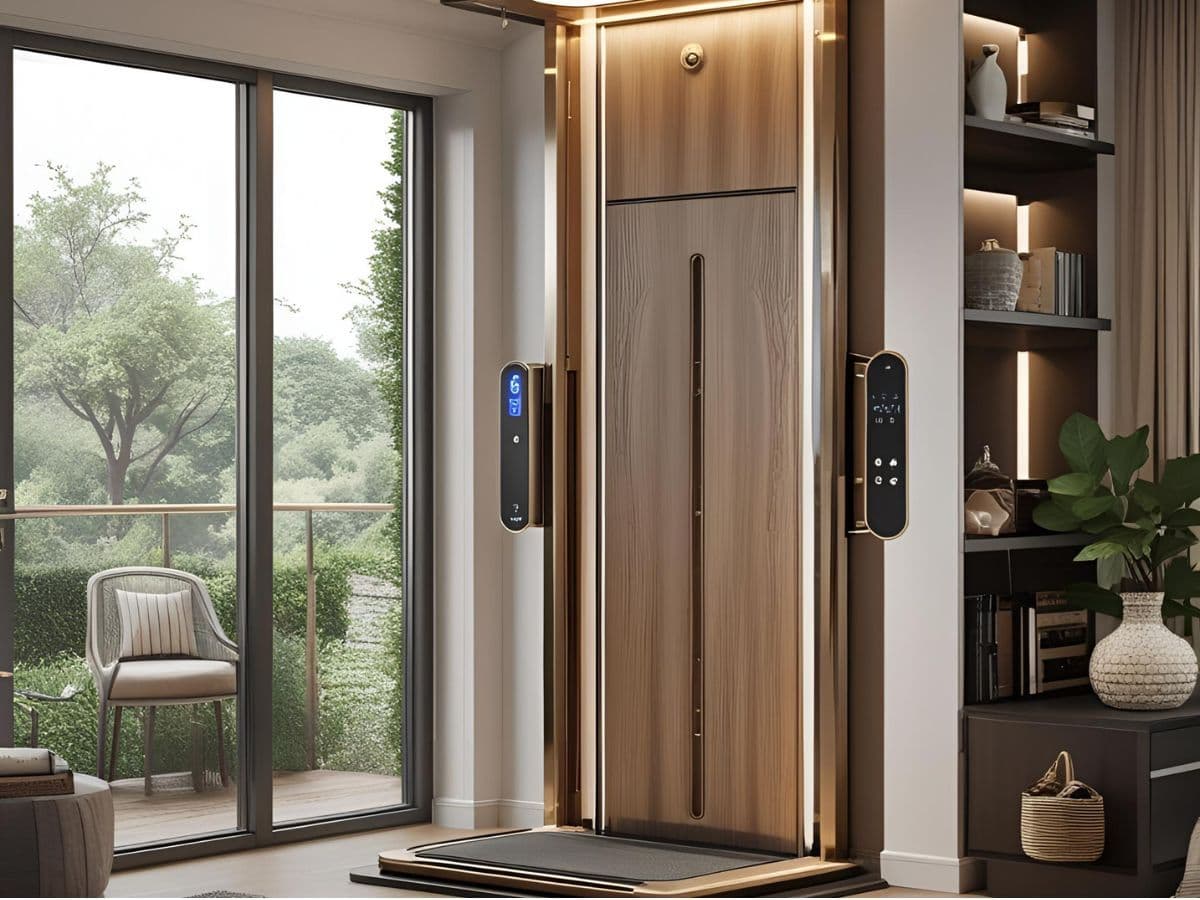
In the evolving landscape of residential architecture and design, compact lifts have emerged as an innovative solution for vertical mobility. Particularly suited for homes with space constraints, these small-scale elevators not only enhance accessibility but also add a modern edge to the interior design. This article explores the concept, functionality, advantages, and future scope of compact lifts for homes, offering valuable insights for homeowners, architects, and designers alike.
A compact lift, often referred to as a home elevator or domestic lift, is a small-sized elevator designed specifically for residential settings. Unlike traditional commercial elevators that require large shafts, deep pits, or dedicated machine rooms, compact lifts are engineered to fit into tight spaces, often with minimal civil work.
These lifts are ideal for:
The key characteristic that sets compact lifts apart is their ability to offer full functionality without occupying large floor space, making them highly compatible with modern homes that value efficiency.
As cities grow denser and urban homes become more vertical, compact lifts provide a practical answer to several emerging needs:
With the rise in nuclear families and elderly members living independently, home lifts offer a safe and reliable way to navigate floors without the physical strain of stairs.
Compact lifts are specifically designed to use the least amount of floor area, often occupying less than 1 square meter. This is crucial for urban homes where every square foot matters.
Having a home lift, especially one that is elegantly integrated into the design, can add to a property’s value by offering accessibility, convenience, and modernity.
Modern compact lifts are no longer industrial in appearance. They come with customizable finishes, sleek cabins, and transparent panels, aligning with interior aesthetics seamlessly.
There are several types of compact lifts based on their mechanism and installation style:
These use a hydraulic piston system to move the lift cabin. They are quiet and reliable but may require some space for a machine cabinet.
A newer innovation, these lifts use counterweights and cables with a gearless motor. They are energy-efficient and smooth, ideal for multi-floor residences.
Perfect for compact spaces, screw-driven lifts are self-contained and do not need a shaft or pit. They are suitable for retrofitting in existing homes.
A visually modern option, these lifts use air pressure and are cylindrical in design. They’re best for ultra-compact installation and minimal civil work.
While the lift mechanism may vary, most compact lifts are designed with the following features:
These features allow compact lifts to be both functional and lifestyle-enhancing.
Before installing a compact lift, homeowners should consider a few key factors:
Even though compact lifts are designed for tight spots, proper measurement is vital. Some lifts require a minimum shaft size, while others are self-supporting.
Most compact lifts are built for 2 to 4 people and can carry up to 300–400 kg. Homeowners should evaluate their needs accordingly.
Ensure the home’s electrical system can support the lift, especially during peak usage hours.
Installation may require local permissions or adherence to safety norms, particularly in multistory dwellings.
Modern lifts are quiet, but it's important to choose a model with minimal operational noise, especially in homes with open layouts.
Compact lifts, while user-friendly, still require regular maintenance to ensure safe and efficient performance. Most manufacturers recommend a bi-annual or quarterly checkup, which includes:
Timely maintenance can significantly extend the life of the lift and reduce the risk of malfunction.
As sustainability becomes a design imperative, many compact lifts are now built with eco-friendly materials and energy-saving technologies:
This positions compact lifts not just as mobility solutions, but as environmentally conscious choices for future-forward homes.
As technology continues to evolve, compact home lifts are expected to see significant innovation:
These features will make lifts more than just functional — they’ll become lifestyle assets.
Compact lifts for homes represent a smart, future-ready investment for modern living. They bring together utility, safety, and aesthetics in a compact form — ideal for urban homes, villas, and even heritage properties undergoing renovation. Whether you're planning for accessibility or simply upgrading your lifestyle, a compact lift offers a transformative solution that supports elegant, efficient living.
As homes continue to adapt to changing needs and technologies, compact lifts stand out as a symbol of convenience without compromise.